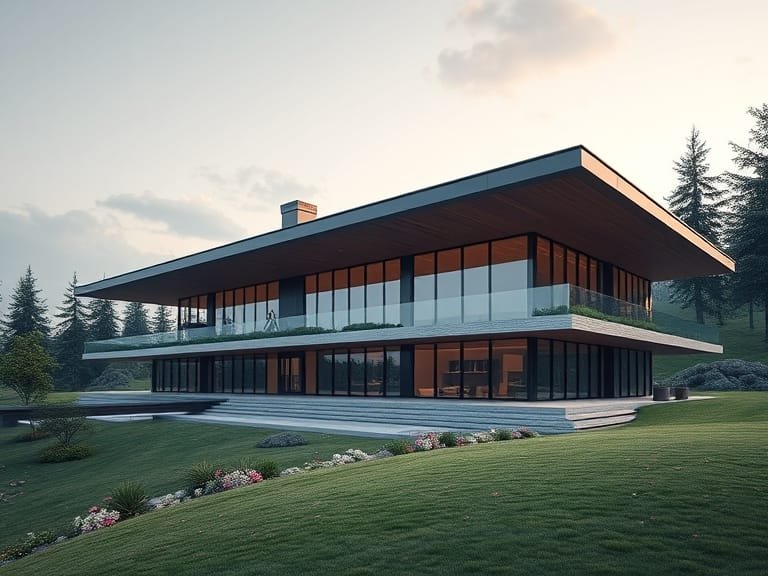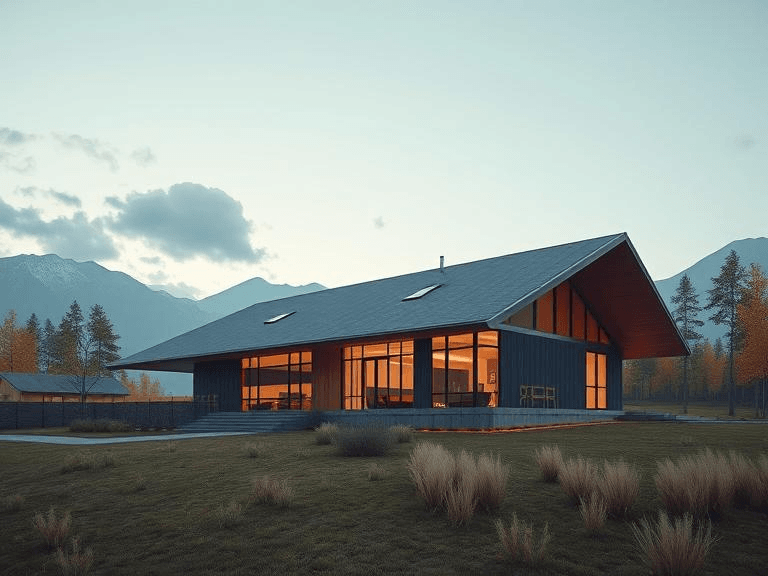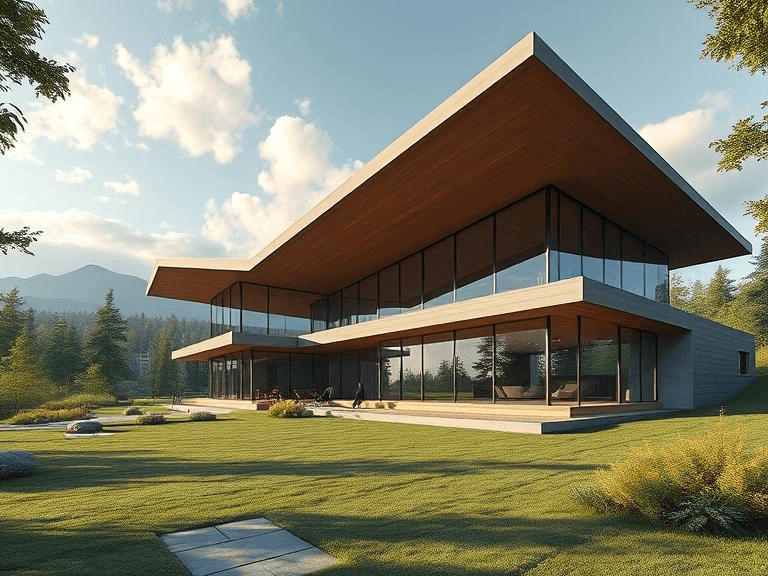
Roof leaks can be a significant concern for homeowners, as they can lead to a myriad of issues if not properly addressed. Understanding the myriad causes of these leaks is essential for both prevention and repair strategies. One of the primary contributors to roof leaks is weather-related damage. Harsh conditions, including extreme winds, ice, snow, and heavy rain, can compromise the integrity of roofing materials. Over time, these elements may erode protective coatings or displace shingles, creating vulnerabilities that allow water to infiltrate.
Aging roofing materials also play a crucial role in the onset of leaks. As roofs age, materials can degrade, making them less effective at performing their protective role. Typically, asphalt shingles may last 15 to 30 years depending on various factors such as climate and maintenance. As these materials deteriorate, homeowners may notice increased incidences of leaking.
Improper installation is another contributing factor to roof leaks. If a roof is not installed correctly, it may have inadequate drainage or improper sealing around penetrations such as vents and chimneys. This misalignment can create pathways for water to enter a home, necessitating prompt inspection and potential repair.
Furthermore, general wear and tear is inevitable. Regular exposure to the sun, storms, and temperature fluctuations can weaken roofing materials over time. Ignoring these leaks can have serious consequences, including extensive water damage to interiors, fostering mold growth, increasing energy bills from inefficient insulation, and potentially leading to structural issues. Addressing leaks promptly is vital; observing early signs of moisture or stains can prevent more extensive damage later, ultimately saving homeowners both time and financial resources.
Preventive Measures: Keeping Your Roof Leak-Free
A well-maintained roof is crucial for preventing and repairing a leaking roof. Through proactive maintenance strategies, homeowners can significantly extend the lifespan of their roofs while minimizing potential repair costs. One of the fundamental strategies involves conducting regular inspections. It is advisable to inspect your roof at least twice a year, ideally in the spring and fall. During these inspections, look for signs of wear and tear, such as missing shingles, cracked tiles, or loose flashing. Early detection of minor issues can prevent them from escalating into more serious problems that necessitate extensive repairs.
Another essential preventive measure is the cleaning of gutters and downspouts. Clogged gutters can lead to water backup, which may result in roof leaks. Therefore, it’s imperative to clear any debris, such as leaves and twigs, to allow proper water flow. This routine task should be performed at least twice a year, or more frequently if you live in an area with heavy foliage. Alongside this, trimming overhanging branches is also beneficial. Branches that are too close to the roof can cause damage during storms or high winds and may contribute to an increase in debris on the roof.
Additionally, applying protective coatings can be an effective strategy for preventing and repairing a leaking roof. Specialized coatings can provide an extra layer of defense against the elements and prolong the life of roofing materials. It is also important to engage with professional roof maintenance services who can provide expertise in assessing the condition of your roof and performing needed repairs in a timely manner. By incorporating these strategies, homeowners can ensure their roofs are well-maintained and leak-free, significantly enhancing the longevity of their roofs and safeguarding against costly future repairs.
Identifying the Signs of a Roof Leak
Detecting a roof leak in its early stages is crucial for preventing further damage to your property. Homeowners should be vigilant for several key indicators that might suggest the presence of a leak. One of the most common signs is the appearance of water stains on ceilings. These stains may vary in size and color, often indicating that water has penetrated the roofing material and is making its way into the interior space beneath. In conjunction with water stains, damp spots in the attic are significant warning signs. Regularly inspecting your attic can help you catch leaks early, as damp areas will frequently promote mold or mildew growth.
In addition to inspecting the interior of your home, it’s essential to examine the exterior. Curling or missing shingles can lead to vulnerabilities in your roof, making it more susceptible to leaks. Shingles that are damaged or missing should be replaced promptly to avoid potential complications. Another red flag is the presence of mold or mildew, which can thrive in areas with excess moisture. If mold is found near the roof areas or in the attic, it indicates that there may be an underlying issue that requires immediate attention.
Performing a visual inspection of your roof is a practical approach in identifying potential leaks. This should ideally be conducted during daylight hours to obtain better visibility. Look for unusual debris or any visible signs of damage along the roofline. It is important to ensure safety measures are in place while inspecting the roof. If you feel unsure about the condition of your roof or if signs of leakage persist, consulting a professional is advisable. Experts can conduct a thorough inspection and provide effective solutions for preventing and repairing a leaking roof.

Repairing a Leaking Roof: DIY vs. Professional Help
When it comes to repairing a leaking roof, homeowners often find themselves weighing the merits of undertaking the task themselves versus enlisting the services of a professional contractor. DIY roof repairs can certainly be appealing due to their cost-effectiveness and the sense of accomplishment they bring. Basic methods include using roofing cement to seal small cracks, or employing patch kits for minor leaks. These methods can be successful for simple problems and may provide a quick solution to prevent further water intrusion. However, this approach is not without its challenges.
Safety is a paramount concern when engaging in DIY roof repairs. Climbing onto a roof poses various risks, particularly if one is untrained or without the proper safety equipment. Additionally, the complexity of the leak can significantly impact the feasibility of a home repair. Some leaks may be symptomatic of deeper issues, such as structural damage or faulty installation, which an untrained eye may overlook. Consequently, pursuing DIY methods in such cases could lead to inadequate repairs, resulting in greater long-term damage and expenses.
On the other hand, hiring a professional roofing contractor can offer several advantages in terms of safety, expertise, and effectiveness. Professionals have the requisite training, tools, and experience to identify all potential issues and implement comprehensive repairs. Furthermore, their work typically comes with warranties, assuring homeowners that repairs are done correctly and will withstand the test of time. Investing in professional help can ultimately save money and stress in the long run, as they are equipped to handle complex problems that may emerge during the repair process.
In conclusion, whether to opt for DIY repairs or professional assistance when tackling a leaking roof depends on various factors including safety, the complexity of the issue, and long-term effectiveness. Properly addressing leaks is essential for maintaining the integrity of the roof and ensuring its longevity. In either case, the importance of employing appropriate repair techniques cannot be overstated. Making an informed decision is key to achieving successful results in preventing and repairing a leaking roof.


